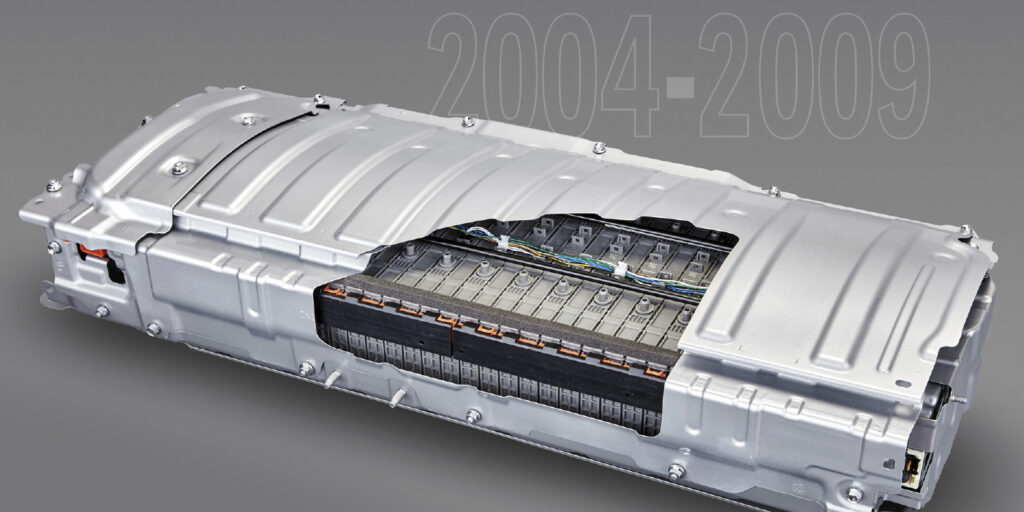Customers with a 1995.5-’97 Rodeo (UC) equipped with 4-wheel disc brakes may complain of the rear brakes squealing or shuddering as they back up the vehicle. This condition occurs without applying the brakes and may be caused by misadjustment of the parking brake assembly.
To repair this condition, inspect the parking brakes in each rear wheel.
Note: Inspect the brake return springs for proper installation. Check for broken, stretched or bent springs.
If the shoe assembly is worn or pulled away from its center post; the drum is scored, heat marked or warped; or there is an accumulation of brake dust in the drum, repair the damage as required. Then proceed with adjusting the parking brake assemblies and the parking brake cable following the steps below.
If there is no evidence of the above conditions, adjust the parking brake assemblies and the parking brake cable as a preventive measure; then, continue with further diagnosis in accordance with the appropriate workshop manual.
SERVICE PROCEDURE:
1. To properly adjust the parking brake, the parking brake cable must have slack. Be sure to loosen the adjustment nut on the parking brake lever before proceeding with the steps below.
2. Remove the rear wheel and tire, then remove the caliper assembly and the rotor.
3. Inspect the parking brake assembly.
4. Reinstall the rotor, caliper assembly, and wheel with tire. Repeat these steps for the other side.
5. Remove the rubber plug from the parking brake adjusting hole.
6. Using a small screwdriver, turn the adjusting screw notch (starwheel) downward one notch at a time until the rotor will not turn when rotated by hand.
7. Turn the starwheel upward one notch at a time until the rotor turns easily when rotated by hand, but there is still a slight dragging felt.
Note: The standard number of turns on the starwheel for a proper brake shoe-to-rotor gap is seven or eight turns.
8. Repeat the prior steps for the remaining rear wheel parking brake.
9. When both rear wheel parking brakes have been properly adjusted, turn the cable adjusting nut on the parking brake lever located inside the vehicle so that the parking brake lever travels six to eight notches when pulled up with a force of 66 lbs.
10. After adjusting the parking brake lever, turn the rotors by hand and make sure there is still only a slight dragging felt; then, tighten the cable lock nut to 95 lbs.-in. (11 Nm).
11. Verify proper parking brake operation and elimination of the squeal/shudder when the vehicle is backing up.
Technical service bulletin courtesy of ALLDATA.
For information on products offered by ALLDATA, visit www.alldata.com.













